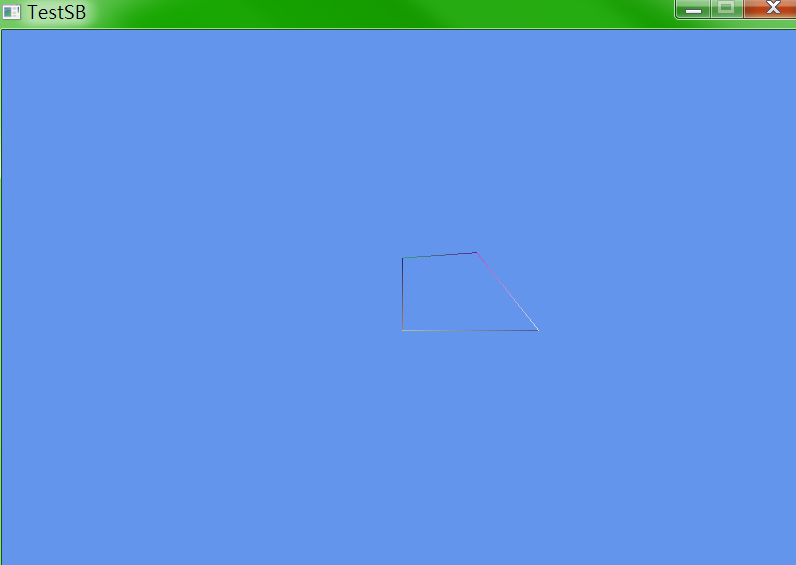Does this data look good?
Input:
D3DXVECTOR3(0,0,0);
D3DXVECTOR3(0,1,0);
D3DXVECTOR3(1,1,0);
D3DXVECTOR3(1,0,1);
Results:
Vertex 0
Pos: 0 0 0
Vertex 1
Pos: 0 1 0
Vertex 2
Pos: 0 1 0
Vertex 3
Pos: 0 0 0
Vertex 4
Pos: 0 0 0
Vertex 5
Pos: 0 1 0
Vertex 6
Pos: 0 1 0
Vertex 7
Pos: 1 1 0
Vertex 8
Pos: 1 1 0
Vertex 9
Pos: 0 1 0
Vertex 10
Pos: 0 1 0
Vertex 11
Pos: 1 1 0
Vertex 12
Pos: 1 1 0
Vertex 13
Pos: 1 0 1
Vertex 14
Pos: 1 0 1
Vertex 15
Pos: 1 1 0
Vertex 16
Pos: 1 1 0
Vertex 17
Pos: 1 0 1
Vertex 18
Pos: 1 0 1
Vertex 19
Pos: 0 0 0
Vertex 20
Pos: 0 0 0
Vertex 21
Pos: 1 0 1
Vertex 22
Pos: 1 0 1
Vertex 23
Pos: 0 0 0









